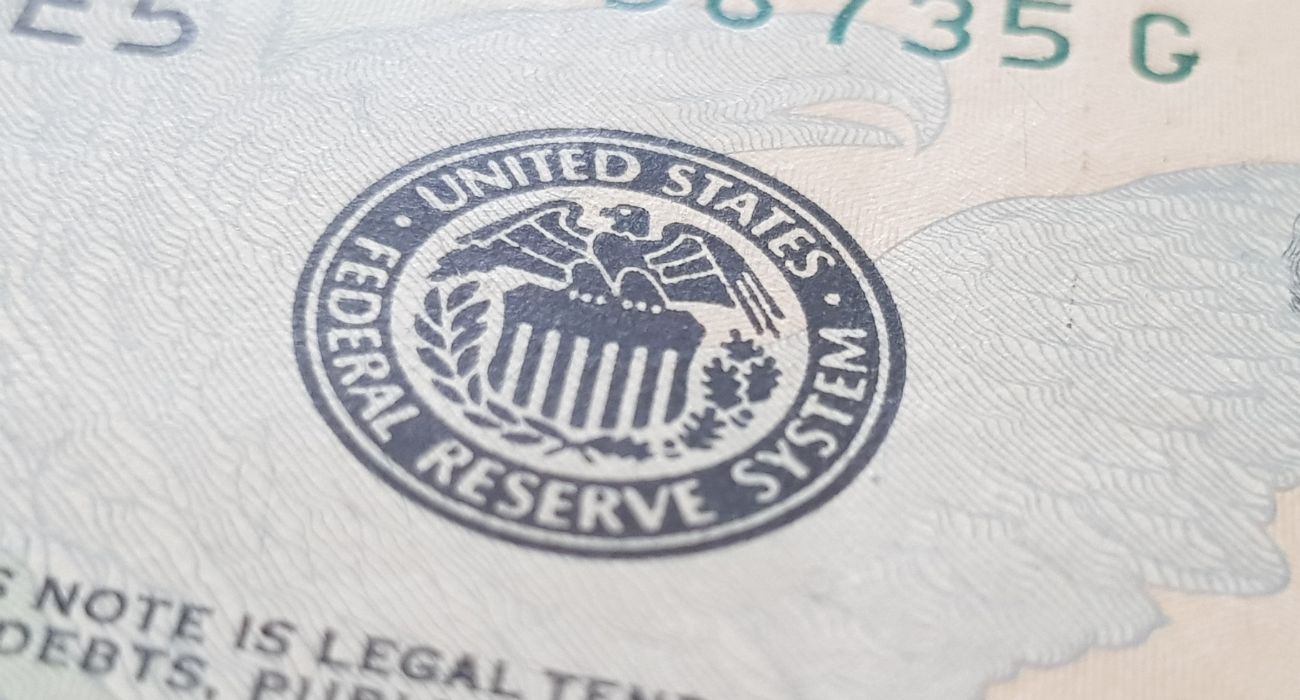The Federal Reserve’s strategy of raising interest rates to combat inflation is causing the central bank to do something it is not generally accustomed to doing: lose money.
The amount the Fed is paying banks and money-market funds to keep money at the central bank has surpassed the income it earns on $8.3 trillion in securities that it accumulated during bond-buying stimulus programs over the past 14 years, reported The Wall Street Journal.
Operating losses for the Federal Reserve have recently increased due to interest rate hikes. In September, when the Fed raised its benchmark rate to between 3% and 3.25%, the Fed began earning less on its assets than it pays out on its liabilities. Losses can widen even further as the central bank is expected to raise rates by 75 basis points after its two-day meeting ends on Wednesday.
While the increase in losses will not disrupt the Fed’s ability to influence monetary policy, the central bank has generated profits of around $100 billion over the past 10 years, which was sent to the U.S. Treasury to help reduce federal deficits. Now that these profits have dried up, the federal government could face marginally higher borrowing needs soon.
Much of the Fed’s $8.3 trillion portfolio is filled with Treasury and mortgage-backed securities, interest-bearing assets with an average yield of 2.3%. Its liabilities are comprised of bank deposits held at the Fed, known as reserves, and overnight loans called reverse-repurchase agreements.
Before the 2008 financial crisis, the Federal Reserve kept its portfolio at less than $1 trillion. Its most significant liability was the amount of currency in circulation.
After the Great Recession, the Fed cut interest rates to zero and bought large quantities of bonds to stimulate the economy. And, in turn, it flooded the banking system with reserves. To maintain control over interest rates with a larger balance sheet, the Fed revamped the way it manages rates by controlling short-term rates by paying interest on bank reserves, according to the WSJ.
According to Fed staffers, the distribution of Fed reserves and overnight loans in its reverse-repurchase facility could result in $325 billion in payments to large financial institutions over the next two years.
“The losses can grow over time if they keep raising short-term interest rates, which it seems like they will because the mismatch between interest income and interest expense will rise,” said Seth Carpenter, a former senior Fed economist and chief global economist at Morgan Stanley.
Carpenter said the Fed’s net income would turn positive “likely in a few years.”






